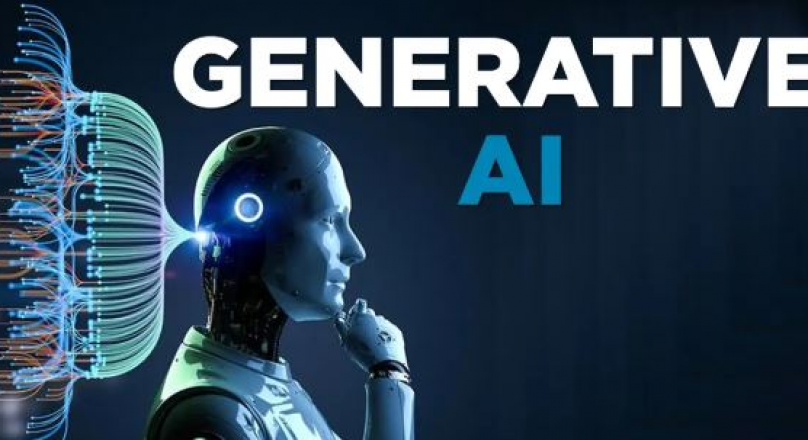Results for ""
With the use of generative artificial intelligence (AI), machines can now create material that closely resembles the creativity of humans, completely changing a number of sectors.
Generative AI has proven to be incredibly capable, producing everything from realistic photos to music and literary works.
Generative Adversarial Networks (GANs), which pit two neural networks against one another to produce incredibly realistic outputs, are one of the primary technologies advancing this field.
AI-generated paintings and sculptures, for example, have questioned the idea of human creativity and inspired new forms of artistic expression in the realm of art.
A crucial field of study called explainable AI (XAI) aims to improve the interpretability and transparency of AI systems.
There is an increasing need to comprehend and have faith in the decisions made by AI systems as they become more and more integrated into society. By offering human-understandable justifications for AI judgments, XAI aims to address this problem. XAI increases trust and responsibility by exposing the inner workings of AI algorithms, allowing users to comprehend the reasoning behind a given choice.
Creating models that can communicate their judgments in a way that is intelligible to humans—such as through explanations in natural language or visuals—is one of the fundamental strategies of XAI. In the context of medical AI, for instance, XAI can explain diagnoses made by AI to physicians, enabling them to comprehend the reasoning behind the recommendations. This strengthens AI systems’ credibility and fosters better cooperation between AI systems and human specialists Though generative AI has made significant progress, there are still ethical questions, especially with regard to intellectual property rights and the possible misuse of content created by AI. The distinction between original and AI-generated work becomes increasingly hazy as AI gets better at creating independent disguisable content, which raises issues with ownership and attribution. Furthermore, there are worries that propaganda or false information may be disseminated via AI-generated content, underscoring the necessity of ethical standards and laws in the field of generative AI. By using the ideas of quantum mechanics to improve AI algorithms, quantum artificial intelligence (AI) signifies a paradigm leap in the discipline.
For some issues, quantum computing can solve problems tenfold faster than classical computing, which is revolutionary for AI applications. To take advantage of this acceleration and solve complicated issues more quickly, quantum AI algorithms are being developed, such as quantum machine learning and quantum neural networks. The ability of quantum AI to solve computationally hard issues like cryptography and optimization is one of its main benefits.
For instance, complex systems like financial portfolios or supply networks can be optimized with quantum AI algorithms in ways that are not achievable with traditional computing. Additionally, by making it possible to develop unbreakable encryption systems based on quantum principles, quantum AI has the potential to completely transform cryptography.
Sources of Article
1. https://www.linkedin.com/pulse/generative-ai-midhuna-ravi-tbeaf/ 2. Lin, Z. (2024). Five ethical principles for generative AI in scientific research.






